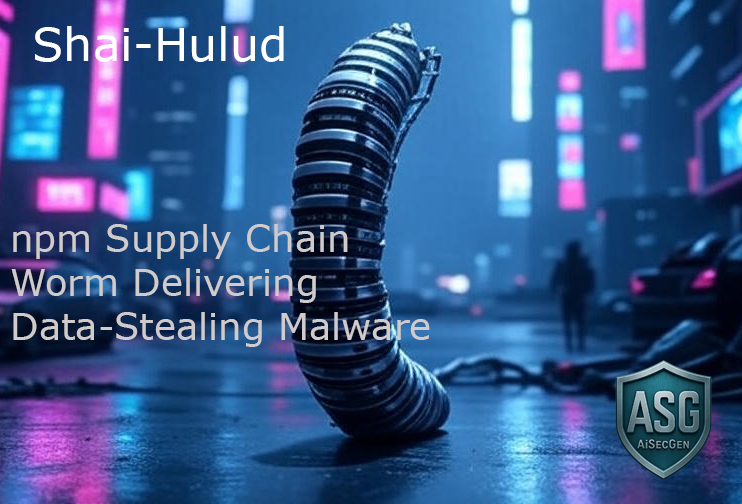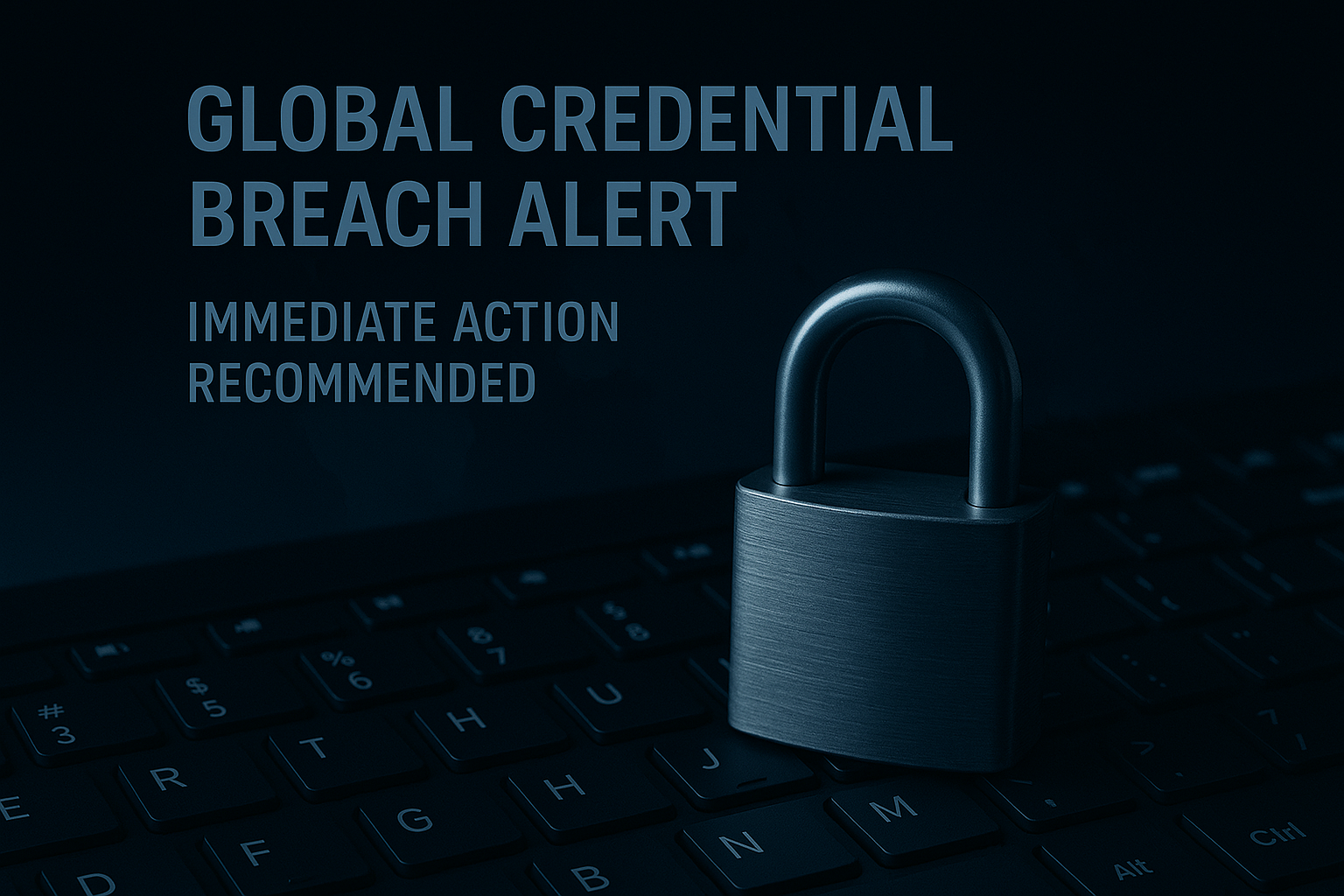
The Shai-Hulud worm is a highly sophisticated supply-chain threat targeting the npm ecosystem. Unlike conventional malware, it propagates automatically, compromises developer credentials, and embeds itself in CI/CD pipelines. This guidance provides security advisors with a structured approach to identify, analyse, and remediate affected systems and dependencies.
Overview for Decision-Makers
Shai-Hulud has infected hundreds of npm packages, including widely used libraries. Its capabilities include:
- Credential exfiltration: Harvests npm tokens, GitHub credentials, and cloud access keys.
- Autonomous propagation: Silently repackages and republishes compromised packages.
- CI/CD persistence: Adds hidden GitHub Actions workflows to extract data during automated builds.
Organisations relying on npm packages should be aware of the operational, reputational, and regulatory risks associated with such a worm.
Attack Flow
[ Developer installs npm package ]
|
v
[ bundle.js executes automatically ]
|
v
[ Credentials harvested from .npmrc, .gitconfig, environment variables ]
|
v
[ Hidden CI/CD workflows installed ]
|
v
[ Compromised package republished to npm ecosystem ]
Identifying Compromised Packages
Security teams should adopt a multi-layered dependency review:
- Review lockfiles: Examine
package-lock.jsonoryarn.lockfor packages released after 16 September 2025. - Verify package integrity: Compare installed package hashes against registry versions or signed releases.
- Analyse code structure: Look for obfuscation, unusually large scripts,
eval()statements, or self-modifying code. - Dependency tree assessment: Generate full dependency trees (
npm ls --all) and flag recently updated or nested dependencies.
Detection Layers
[ Lockfile review ] --> Identify suspect packages
[ Integrity check ] --> Confirm safe versions
[ Code inspection ] --> Detect obfuscation and suspicious scripts
[ Dependency tree ] --> Flag nested or recently updated dependencies
|
v
[ Alert & Investigate ]
Examining Developer Environments
- Credential inspection: Search for exposed tokens in
.npmrc,.gitconfig, and environment variables:
grep -r "authToken" ~/.npmrc
env | grep TOKEN
- CI/CD audit: List all GitHub Actions workflows to detect unauthorised or hidden pipelines:
gh workflow list --repo <organisation>/<repository>
- Filesystem verification: Validate installed
node_modulesdirectories against known safe versions.
Monitoring Behaviour for Early Indicators
- Track unexpected outbound network requests during
npm install. - Detect processes reading sensitive configuration files outside expected operations.
- Implement continuous logging and alerting on any unauthorised changes to dependency files or CI/CD workflows.
Remediation Protocol
Isolate and Contain
- Immediately isolate systems that installed compromised packages.
- Suspend affected CI/CD pipelines to prevent further propagation.
Rotate Credentials
- Rotate all potentially exposed npm tokens, GitHub PATs, and cloud keys.
- Revoke and reissue all credentials and review audit logs for suspicious access.
Secure Dependencies
- Pin dependencies to versions released before 16 September 2025.
- Remove unnecessary packages.
- Validate all new packages using cryptographic verification (
npm audit,npm ci --verify-tree).
Hardening CI/CD Pipelines
- Remove unauthorised or hidden GitHub Actions workflows.
- Restrict pipeline permissions using least-privilege principles.
- Enable audit logging for workflow modifications.
Continuous Surveillance
- Implement File Integrity Monitoring (FIM) on
node_modulesdirectories. - Alert on unexpected network activity during builds or installs.
- Run regular scans for secrets using tools such as TruffleHog or GitLeaks.
Remediation Workflow
[ Quarantine affected systems ]
|
v
[ Rotate credentials ]
|
v
[ Pin & verify dependencies ]
|
v
[ Harden CI/CD pipelines ]
|
v
[ Continuous monitoring & alerting ]
Strengthening Supply-Chain Security
Security advisors are recommended to adopt the following advanced practices:
- Ephemeral installations: Use isolated containers to install and verify dependencies before merging into main branches.
- Provenance verification: Ensure packages are signed using Sigstore or similar tools.
- Anomaly detection: Monitor for unexpected package republishing or irregular dependency chains.
- Simulated attacks: Conduct red team exercises to evaluate pipeline resilience against worms like Shai-Hulud.
Shai-Hulud illustrates the modern supply-chain threat landscape: autonomous replication, credential exfiltration, and CI/CD persistence. A proactive, structured, and continuous approach to dependency management, environment monitoring, and pipeline security is critical to mitigating such risks.


